
Ganesha Trunk Which Side is good for Home. Right or Left side Meaning
Blessings in the Bend: Ganesha Trunk Which Side is Good for Home?
Chapter 1: The Symbolism Behind Ganesha’s Trunk
When it comes to divine symbolism, few features are as profoundly discussed as Lord Ganesha’s trunk. Known as the remover of obstacles and lord of wisdom, Ganesh Ganesh, as many affectionately chant, is depicted in myriad forms — but the direction of his trunk is particularly significant. The trunk of Lord Ganesha, often curving either to the left or right, holds subtle spiritual meanings. The left-curved trunk represents Ida Nadi, the feminine, lunar energy — calming, nourishing, and ideal for household peace. The right-curved trunk, however, embodies Pingala Nadi, the masculine, solar energy — powerful and demanding in discipline
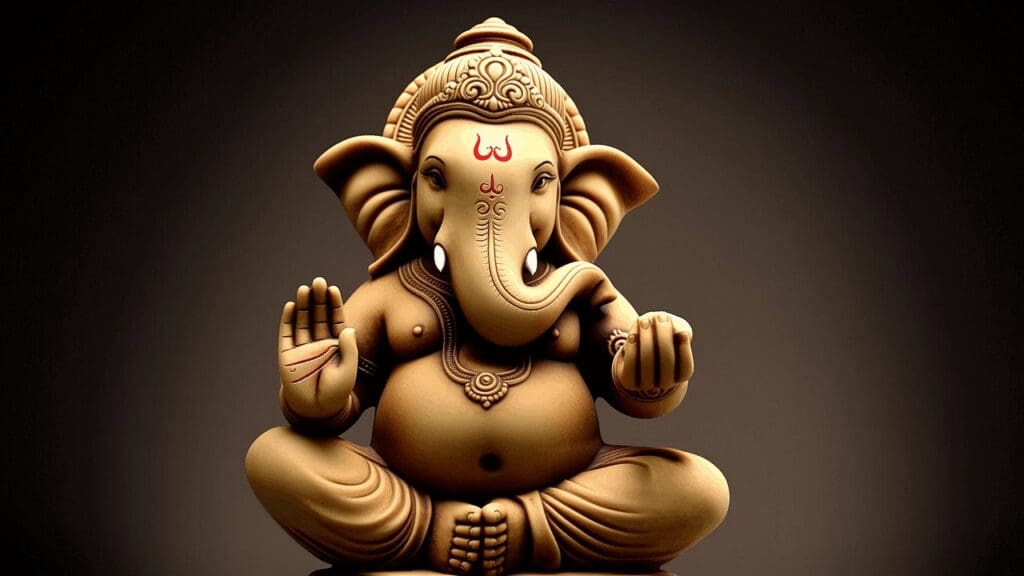
Chapter 2: Left or Right? Which Trunk Is Ideal for Homes?
The question of “Ganesha trunk which side is good for home?” arises during Ganesh Chaturthi, housewarming ceremonies, or daily Vastu consultations. According to scriptures and traditional belief:
- Left-curved trunk Ganesha is most suited for homes. This form of Lord Ganesh is called Vamavarti Ganesha, bringing peace, happiness, and prosperity.
- Right-curved trunk Ganesha (Dakshinavarti) is powerful and should be worshipped with strict rituals. It’s typically placed in temples or by trained devotees.
For householders seeking harmony, the left-curving Ganesha murti is considered highly auspicious
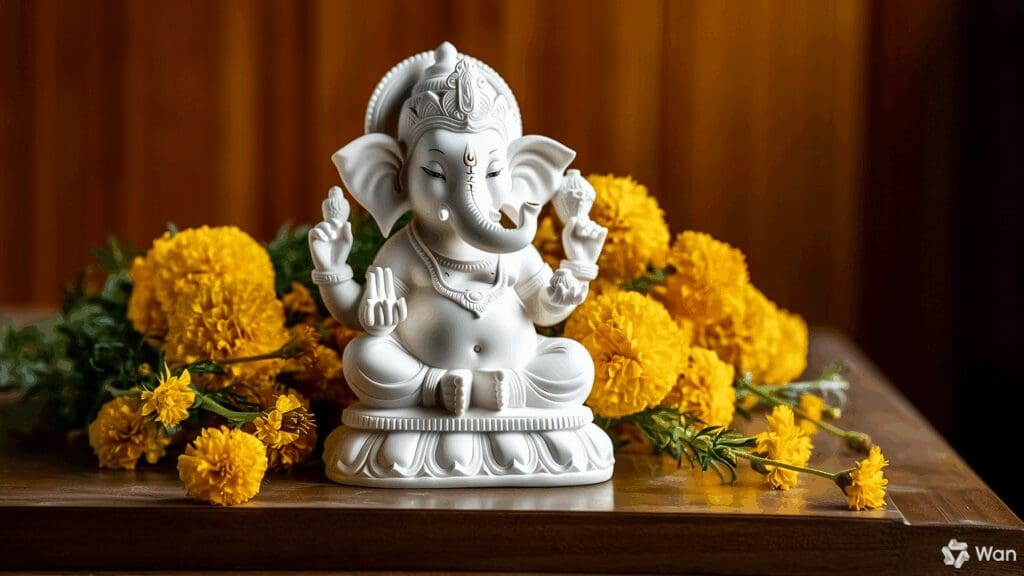
Chapter 3: Vastu Guidelines for Trunk Direction
Vastu Shastra, the ancient Indian science of architecture, offers specific recommendations regarding the placement of Ganesh murti:
- The left-facing trunk Ganesha should be placed in the northeast corner of the house.
- The idol should face west, while devotees pray facing east.
- Avoid placing Ganesha idols near bathrooms or directly on the ground.
The lord ganesha statue should ideally be seated — symbolizing a calm and composed energy flow
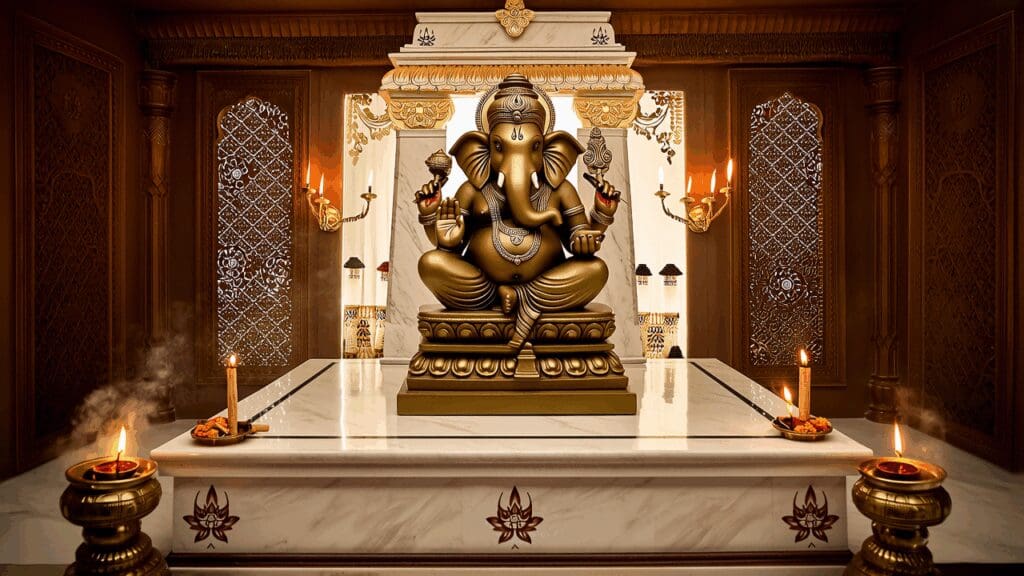
Chapter 4: Cultural Insights — Why the Trunk Direction Matters
Across India, different states honor Ganesha with regional beliefs. In South India, Lord Ganesh or Vinayagar, is mostly shown with his trunk curved left. In Maharashtra, elaborate Ganesh Chaturthi celebrations often showcase both trunk directions, with left-trunk idols preferred for households. The Ganesh Ganesh chant reverberates through these traditions, celebrating both the protector and teacher. Yet, across regions, one truth remains — the left-curved trunk continues to symbolize a harmonious domestic environment
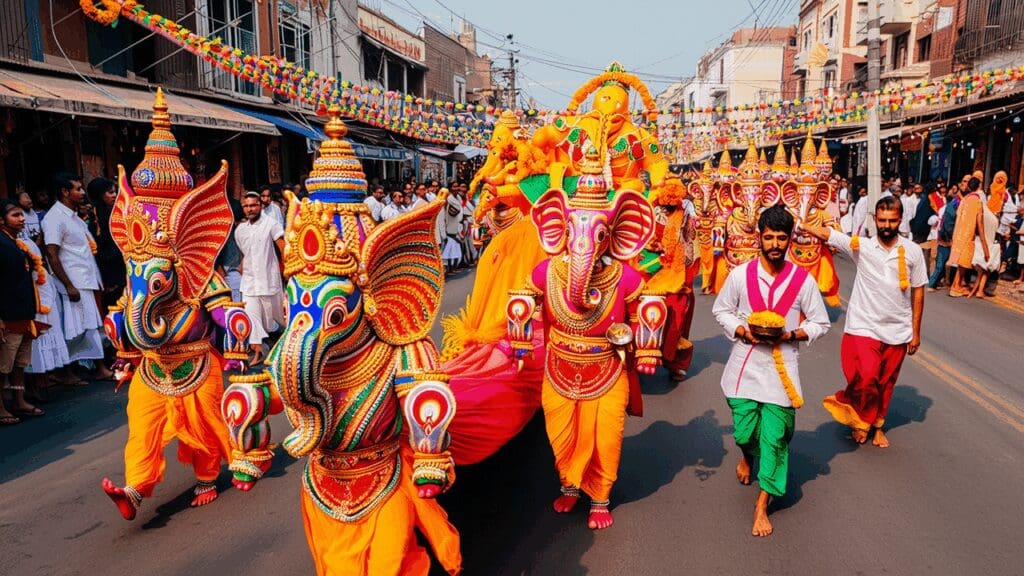
Chapter 5: The Lesser-Known Belief – The Centered Trunk
In rare depictions, Ganesha’s trunk may point straight down or be centered — a balance between Ida and Pingala. This symbolizes the union of energies, and is revered in Tantric traditions or yogic meditation.
While not common in homes, these forms are revered by spiritual practitioners who seek transcendental experiences through Lord Ganesh’s presence.
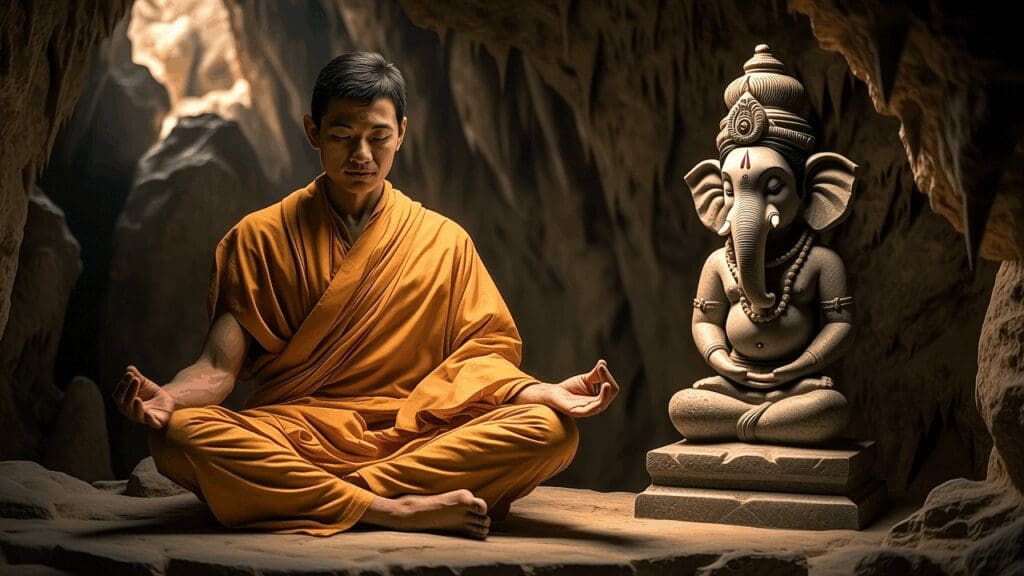
Chapter 6: Daily Rituals and Ganesha Worship at Home
Whether your Ganesha murti has a left, right, or centered trunk, devotion remains the most important element. Light a diya, offer fresh flowers, chant the Ganesh Aarti:
“Jai Ganesh, Jai Ganesh, Jai Ganesh Deva…” and connect with the divine energy of God Ganesh, the harbinger of wisdom, prosperity, and joy
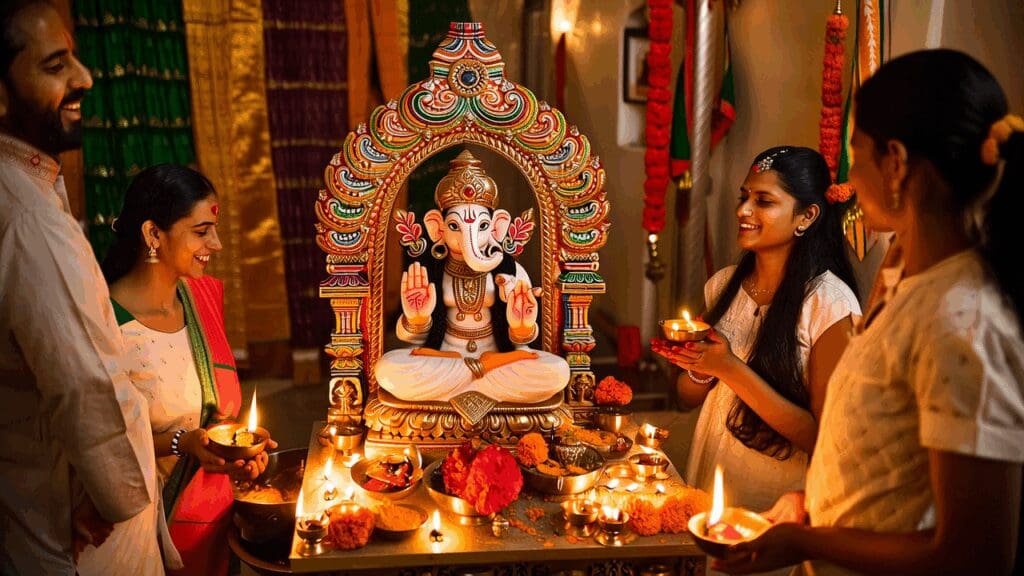
Conclusion: Choose with Devotion, Place with Purpose
When choosing a Ganesh murti for home, let your heart guide you — but align with the wisdom of tradition. The left-curved trunk Ganesha is widely recommended for peaceful households, while other forms carry deeper spiritual significance when worshipped with discipline.
Invite Lord Ganesha into your home not just as an idol, but as a symbol of divine presence.
Devotee’s Choice:
- Ganesh Murtis with Left-Trunk – Ideal for peaceful, prosperity-filled homes.
- Ganesh showpiece gift – Fill your space with divine vibrations every morning.
Related Articles:
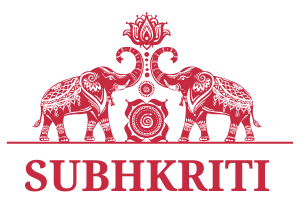





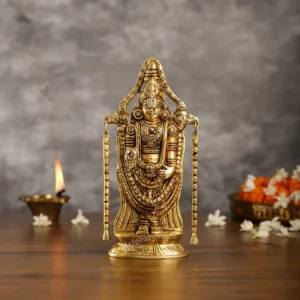
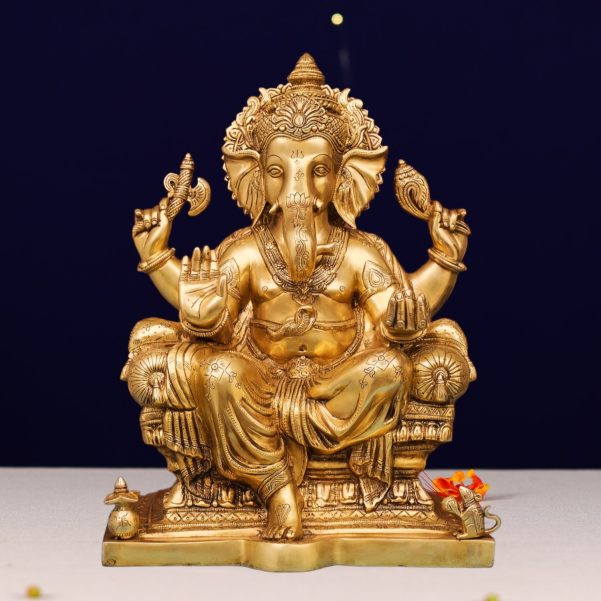

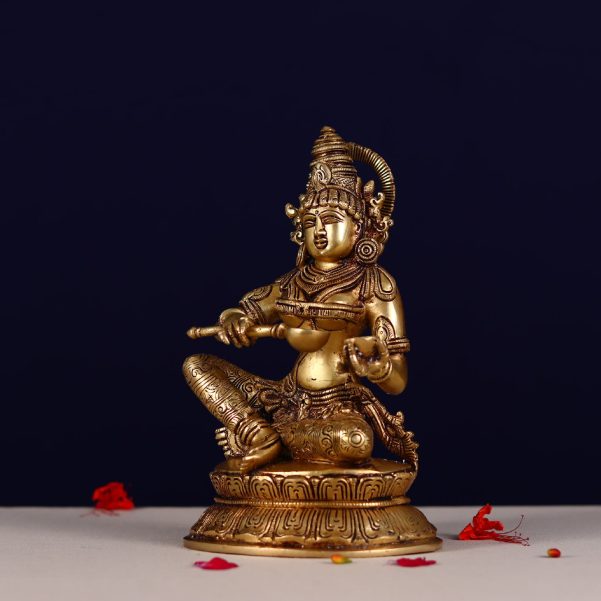
Add comment
You must be logged in to post a comment.